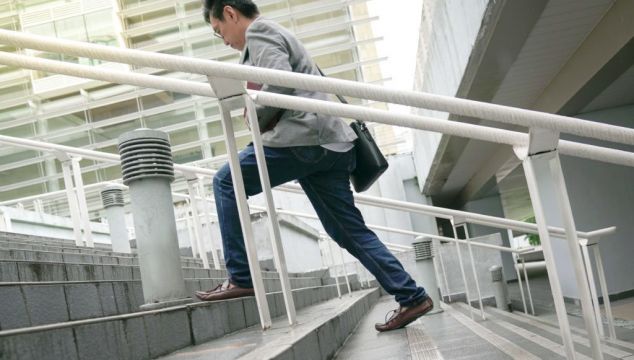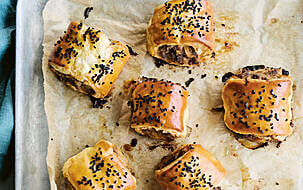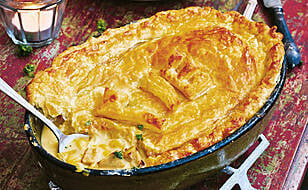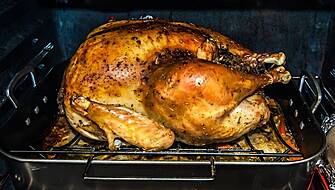Sitting for too long has already been compared to smoking in terms of its impact on heart health – and now a new study had highlighted how detrimental it can be.
The research also offered a potential solution, however, in the form of ‘activity snacks’, as even just a few minutes of movement was found to be beneficial.
Swapping time spent sitting down for exercise led to better cholesterol levels, smaller waist circumference, and helped people stay a healthy weight, according to the paper published in the European Heart Journal and supported by the British Heart Foundation (BHF).
It found that when “as little as four to 12 minutes per day were reallocated (from sedentary behaviour) into moderate to vigorous physical activity” there were benefits across all of these measures.
AdvertisementView this post on Instagram
“Getting active isn’t always easy, and it’s important to make changes that you can stick to in the long term and that you enjoy – anything that gets your heart rate up can help,” said James Leiper, associate medical director at the BHF.
He suggested that ‘activity snacks’ – short bursts of movement – were “a great way to start building activity into your day, to get you in the habit of living a healthy, active lifestyle”.
We asked fitness experts for their suggestions on how to start ‘activity snacking’, whether you’re at home, work, or out and about…
Kettle training
View this post on Instagram
Not to be confused with kettlebell exercises, this type of training is done while you’re dawdling in the kitchen making a hot drink.
“You can do a short routine and get as many rounds as possible in the two or three minutes it takes your kettle to boil,” said Claire Goodliff, director at Amazing Jane Activewear.
Goodliff’s suggestion: “10 squats – grab a bag of potatoes from the cupboard to add some weight; 10 lunges on each leg; 10 press-ups. If you struggle with a full press-up, start on your knees and gradually build up.”
Sit to stand
If you’re not confident doing squats, try the ‘sit to stand’ technique using a chair for support.
“This is where you sit on a chair, feet hip-width apart, arms raised out in front of you,” explained Pilates instructor Hollie Grant, founder of Pilates PT. “Inhale, and as you exhale engage your glutes, drive your weight into your heels, and stand up. Inhale to stay and then exhale to reverse it, returning to seated.”
Do this once an hour if you’re sat at a desk: “This exercise encourages good technique and can often help people get a lower squat, as they know something is there to catch them should they fall,” Grant added.
Stand-up calls

“Aim for two hours a day standing or light activity whilst at work,” said Chris Ruxton, personal trainer and advisor to Mentholatum, makers of Deep Heat, Deep Freeze and Deep Relief.
“Always make phone calls on your feet, or walking about with the handset in your hand while making your calls. Take walking meetings, nip to the printer and keep moving at your desk.”
Goodliff added: “We all have those meetings which require little input, or a meeting with a colleague or client that’s more of a catch-up. Block out your morning to be really productive, then schedule those meetings in the afternoon, grab your headphones and take the meeting on the move.”
Take the stairs

If you live or work in an office block, try taking the stairs instead of the lift. Goodliff recommended a nifty productivity hack of working for 55 minutes then taking a five-minute activity snack break.
“Use your break to see how many times you can get up and down the stairs,” she said. “This really increases your NEAT (non-exercise activity thermogenesis) calorie burn, meaning the calories you burn in your day-to-day activities and not exercise.”
Grant also suggested: “If it’s safe to do so, try to climb the stairs two at a time. This increases the depth that you essentially have to lunge up from, and can really help to encourage the glutes to do the work.”
You don’t need to live in a two-storey house to become a stair master, however. “Use any stairs you can access as a step machine – i.e. up and down the bottom one or two stairs for 10 by three reps,” said Ruxton.
Farmer’s carry

“An exercise I love is called a farmer’s carry, and it is essentially carrying weights in each hand and walking, without allowing yourself to be pulled out of neutral alignment,” said Grant.
When you’re carrying things like shopping bags, instead of swapping the bag between hands when it feels heavy, try a ‘single arm farmer’s carry’. “Focus on maintaining a nice neutral spine,” Grant added. “Don’t allow the weight to pull you to one side. This is fantastic at strengthening the obliques, as well as the muscles of the back.”
Brisk walking
If you tend to drive to complete errands, try to incorporate a bit more brisk walking as an activity snack.
“By parking an extra five minutes walk away from your destination, you can not only increase your daily steps, but get a blast of fresh air which helps you recharge,” said Goodliff.
“Short walks, especially after food, can help lessen the impact of your meal on your blood sugar levels.”







